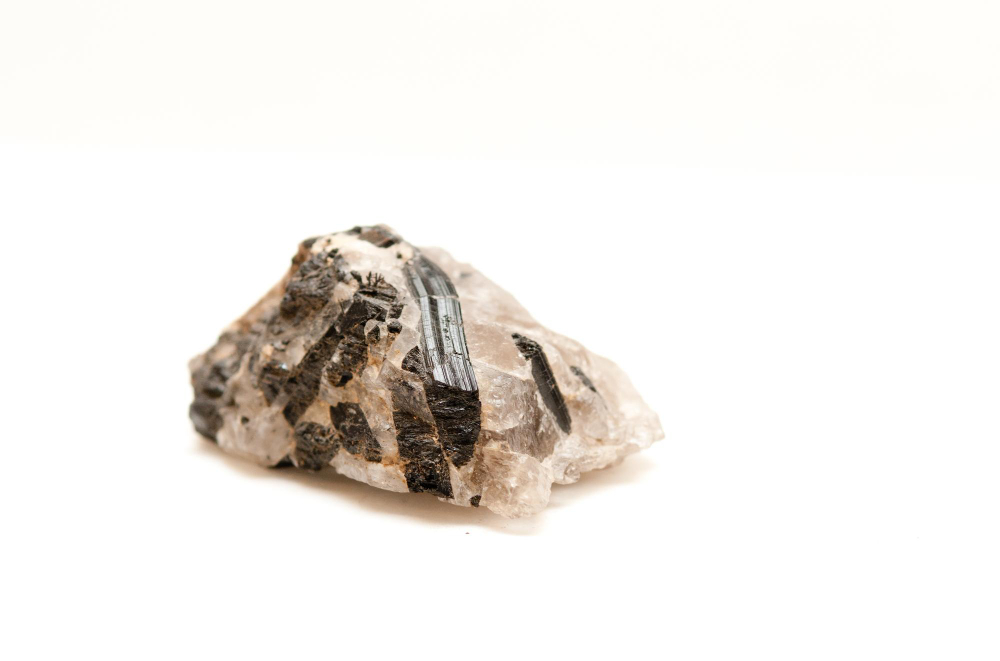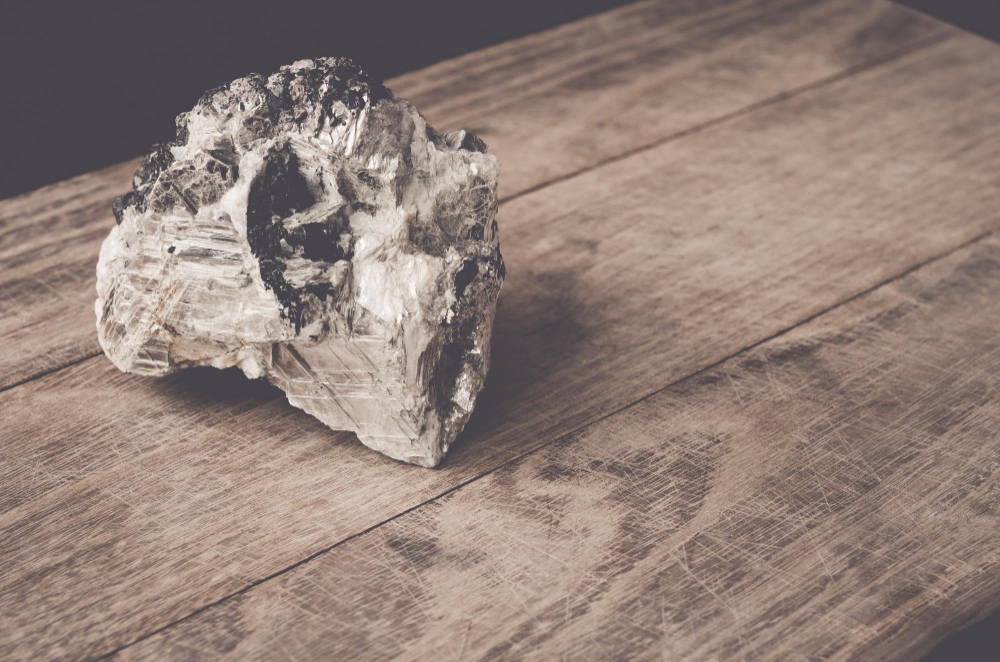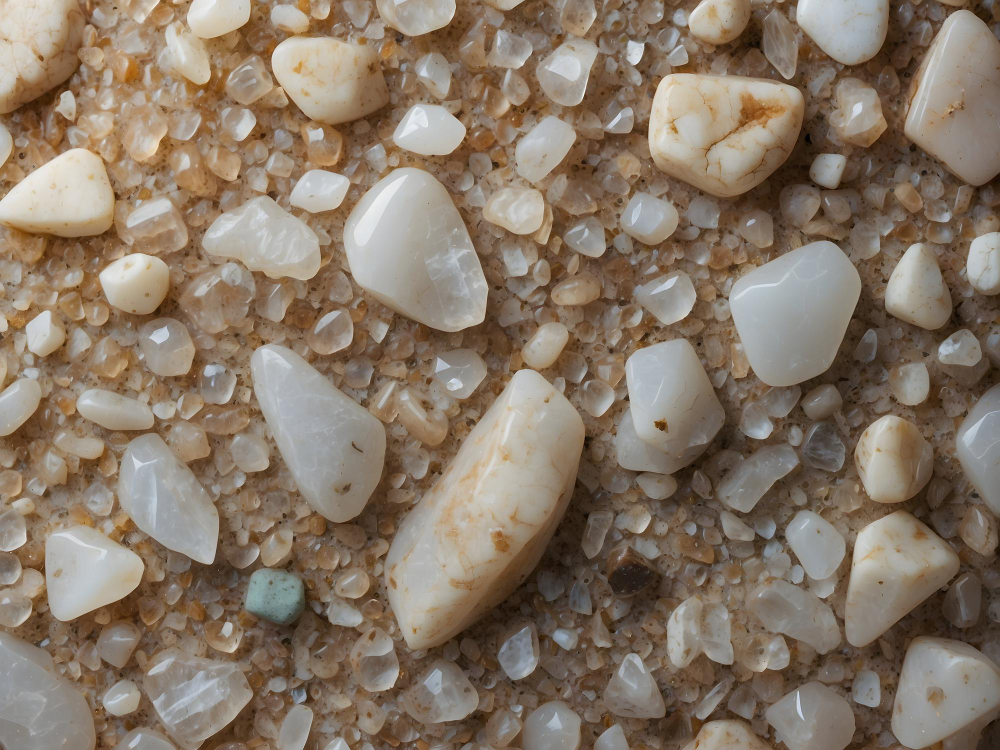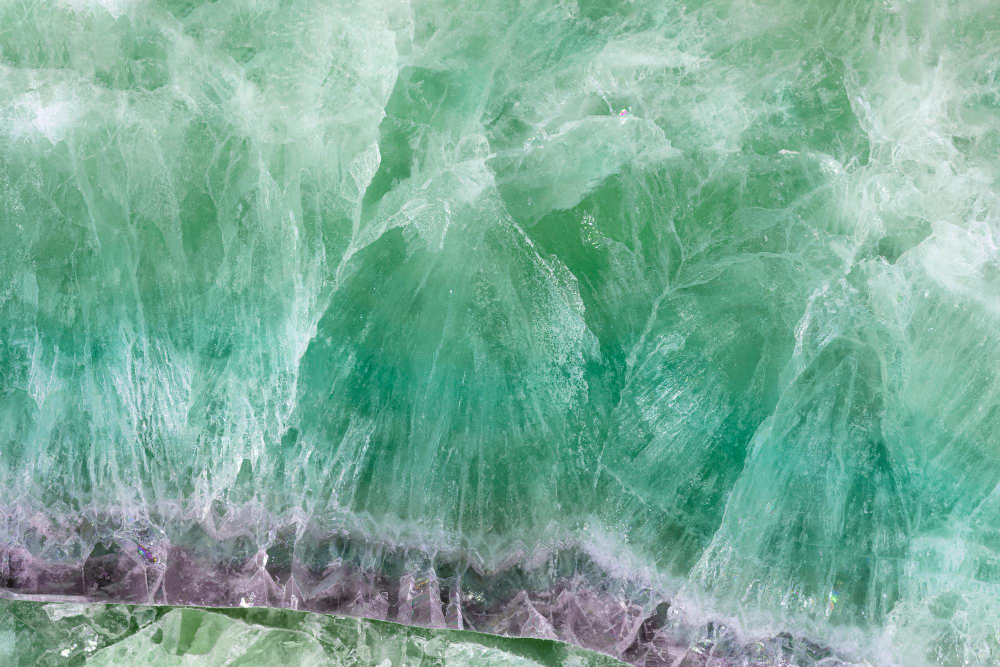Mica, a group of silicate minerals known for their unique ability to be split into thin, flexible sheets, has been a vital material across various industries for centuries. This mineral’s remarkable properties make it indispensable in electronics, construction, and even beauty products. In this article, we explore the fascinating characteristics, types, and applications of mica, shedding light on its importance in our everyday lives.
What is Mica?
Mica is a group of minerals characterized by their layered structure, which allows them to be split into thin, transparent sheets. These minerals belong to the phyllosilicate family and are composed of complex aluminum silicate compounds. The name „mica” is derived from the Latin word „micare,” meaning „to glitter,” reflecting its shiny, reflective surface.


Physical Properties of Mica
Mica is easily identifiable due to its distinct properties:
- Crystal System: Monoclinic
- Hardness: 2.5 to 3 on the Mohs scale
- Cleavage: Perfect basal cleavage, allowing it to split into thin sheets
- Luster: Vitreous to pearly
- Transparency: Transparent to translucent
- Color: Typically ranges from colorless to shades of brown, yellow, green, or violet
Types of Mica
There are several types of mica, each with unique properties and uses:
- Muscovite: Also known as „white mica,” it is the most common form and widely used in industrial applications.
- Biotite: Known as „black mica,” it contains iron and magnesium, giving it a darker color.
- Phlogopite: Typically brown or green, used in electrical insulation and thermal applications.
- Lepidolite: Rich in lithium, often pink or purple, used in the production of lithium batteries.
Formation and Occurrence
Mica is found in various geological environments, primarily in igneous and metamorphic rocks. It forms through the crystallization of magma or the metamorphism of sedimentary rocks. Significant mica deposits are located in countries such as India, Brazil, the United States, and Madagascar.
Industrial and Decorative Uses
Mica’s unique properties make it valuable in numerous applications:
- Electronic Insulators: Mica’s excellent thermal and electrical insulation properties make it ideal for use in capacitors, transformers, and other electronic components. It can withstand high temperatures and is used in devices requiring reliable insulation.
- Building Materials: Mica is used as a decorative element in wallpapers, paints, and plasters, adding a sparkling effect. Its ability to reflect light enhances the aesthetic appeal of building interiors and exteriors.
- Cosmetics: Mica’s shimmering quality makes it a popular ingredient in cosmetics, providing a glittering effect in products like eyeshadows, lipsticks, and nail polishes.
- Plastics and Rubber: Mica is added to plastics and rubber to improve their mechanical properties and enhance resistance to heat and electrical conductivity.
- Automotive Industry: Used in brake pads and clutch plates due to its thermal resistance and durability.


Environmental and Health Considerations
While mica is a valuable resource, its extraction and processing must be managed responsibly to minimize environmental and health impacts. Mining practices should adhere to regulations to prevent habitat destruction and water contamination. Additionally, the use of synthetic mica in cosmetics and other products is gaining popularity as a sustainable and ethical alternative to natural mica.
Collecting and Valuing Mica Specimens
Mica is also prized by mineral collectors for its aesthetic qualities and unique crystal formations. Collectors value mica specimens that exhibit large, clear sheets, vibrant colors, and well-formed crystals. Notable sources of collectible mica include the pegmatite mines in North Carolina and the high-grade deposits in Madagascar.
Mica is a versatile and essential mineral that significantly impacts modern industry and everyday life. Its unique ability to be split into thin, flexible sheets, combined with its excellent thermal and electrical properties, makes it indispensable in electronics, construction, cosmetics, and more. As technology and industries continue to evolve, mica’s relevance and applications are likely to expand, reinforcing its status as a cornerstone mineral in various fields.



